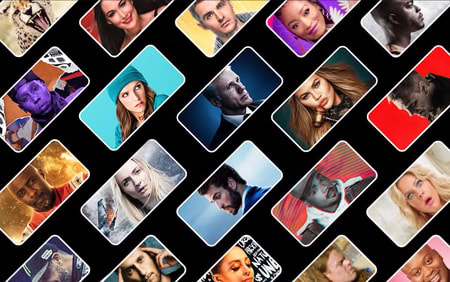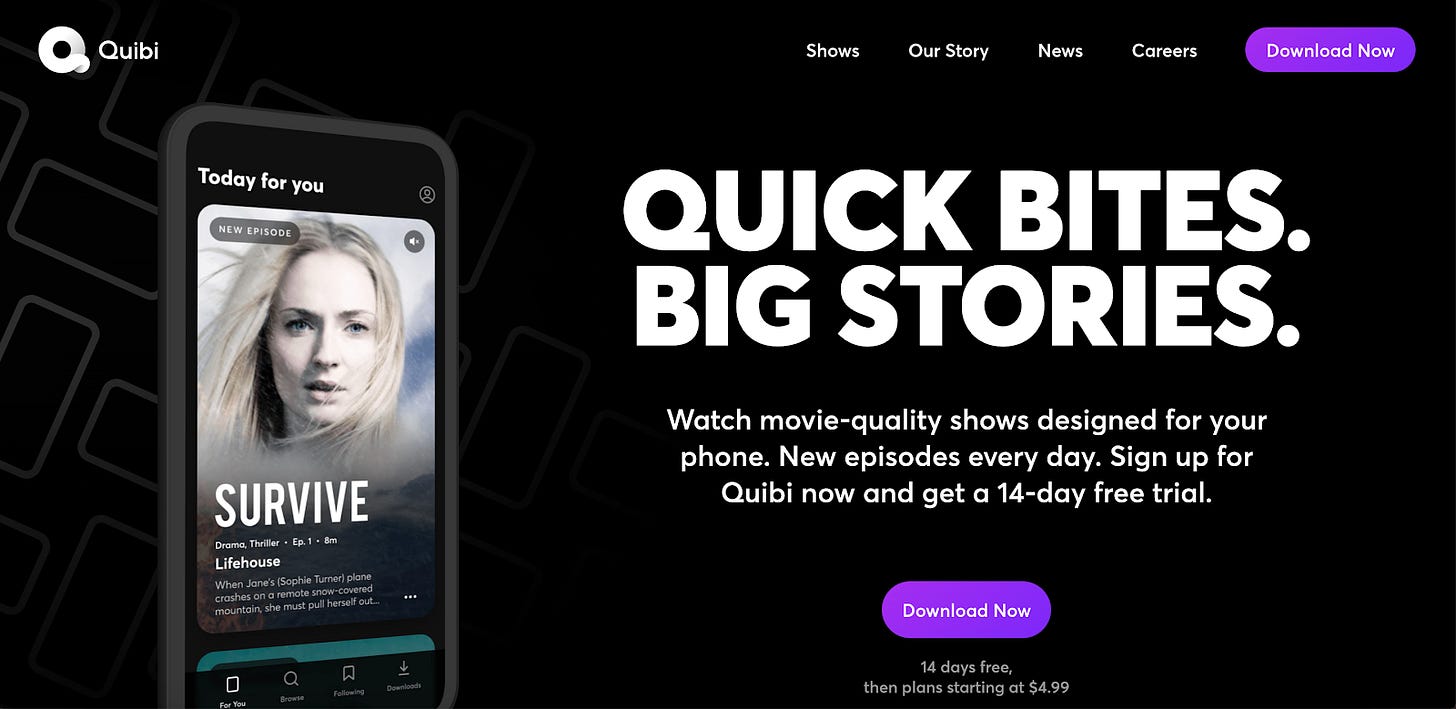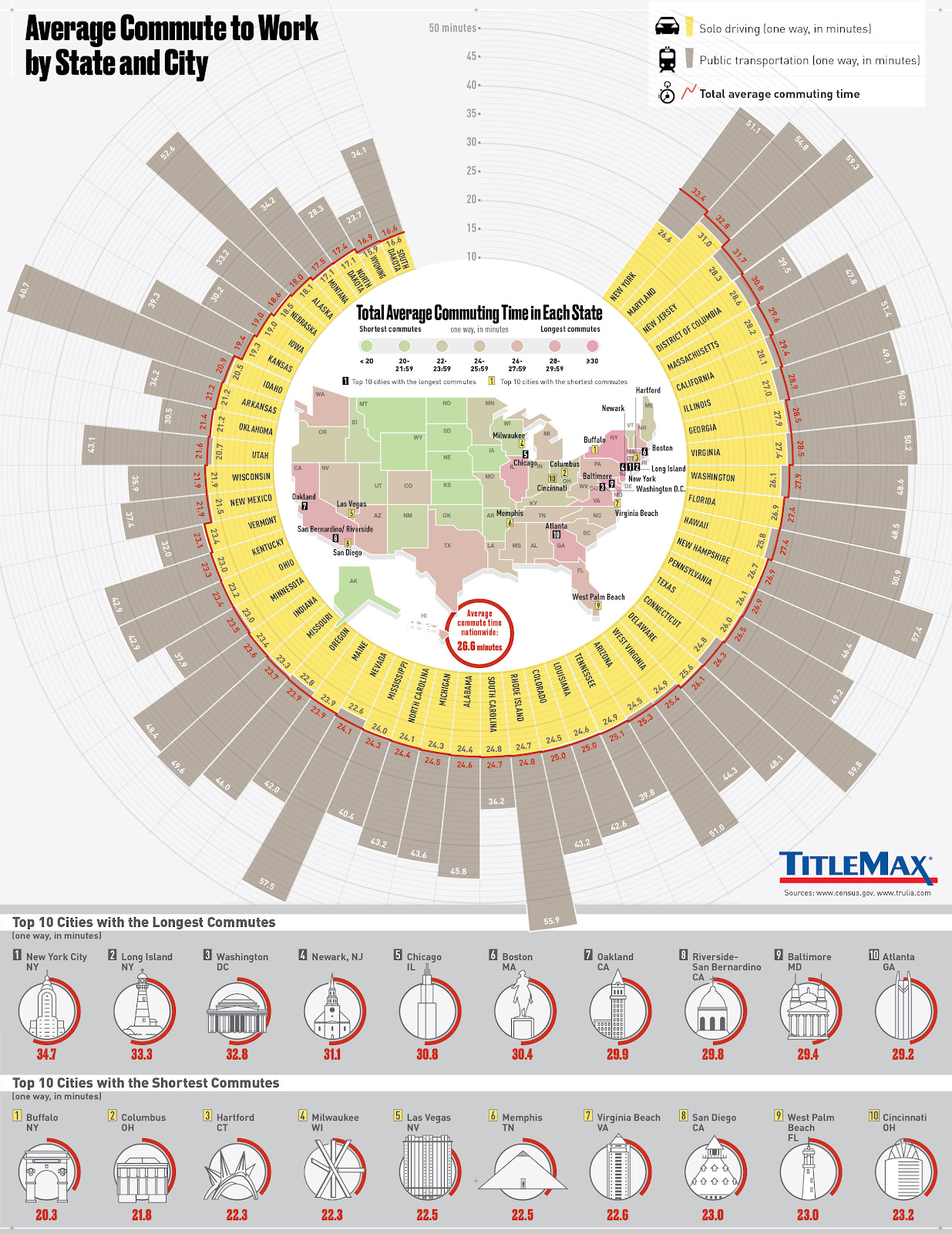
The one thing we can all agree on is that there is a lot to watch these days. Back when I was growing up, in India, we had limited programming. Ask any Indian kid from the 70s-mid 80’s and they will know Doordarshan (which was the only public service broadcaster at the time)
We’ve thankfully come a very long way from those days and content today is abundant; what is limited is time. As Netflix CEO, Reed Hastings has said “Sleep is our competitor”.
We have so many SVODs (Subscription Video on Demand), AVODs (Ad-based Video on demand) and free options today. Think Netflix, Hulu, IMDB TV, YouTube and even TikTok and I am sure if you ask yourself “Do I really need ONE MORE SVOD” , the answer likely is no. Matthew Ball has argued otherwise in The Flaws of "Subscription Fatigue", "SVOD Fatigue", and the "Streaming Wars" that Quibi is focused on a new type of need and that it can build a defensible position. He has argued that we’ll all say no to yet another SVOD (in fact I don’t even use free AVODs!) I really do love Matthew Ball’s argument and he is way smarter than me but I think he might be wrong. The excerpt from Matthew Ball’s article:
All of which is to say what matters in SVOD is simple and not unique to SVOD: A service will succeed if (1) it addresses a real, outstanding customer want/need; (2) at an appropriate price or value to the consumer; and (3) while generating sustainable economics.
Quibi is a good example here. The company believes that there is an outstanding need for a new type of content, focused on a different time and place, under a different viewing behavior and focused on a specific audience. If it is right, and it can build up a defensible leadership position before other players replicate it, a new subscription will be possible and it doesn’t matter how many SVODs a customer already has (just as whether they have NYT or Spotify doesn’t matter). But of course, if you ask consumers “do you wish you had fewer subscriptions” or “fewer SVODs”, they will say yes – especially if they don’t really know what the new “thing” is. Note, too, that Pay-TV studies have been promising that 10%–30% of subscribers will cancel each year. They never do… because enough value remains.
With that context what I’d like to do is analyze video’s jobs to be done and dig deeper into the specific “sub” job that Quibi does. I’ll also further analyze what possible moat Quibi is building and what the long run for Quibi looks like. First off what is Quibi?
Quibi is the newest kid on the streaming block with a catch; the content is limited to 5-10 minutes. The Wikipedia page has a good intro
Quibi’s home page from their website:

Video’s jobs to be done are similar to written media:
Keep us informed of happenings (news shows)
Teach us/educate us (documentaries)
Enthrall us (live sports)
Help us escape our daily lives(shows, movies)
Remove boredom (all kinds of viewed content depending on the kind of person you are)
When I think about the shows on Quibi it is kinda obvious that they help with the last two. Now in all likeliness the last two jobs to be done sound the same but they are not. In my mind Quibi competes more with TikTok than it does Netflix (5-10 mins long). The unique aspect of Quibi is that it is curated.
Let’s do a comparison:

Just looking at this the “made for” device seems to be the only differentiator (needless to say the content is a differentiator but unless its groundbreaking content, I think a majority of people in the United States will be unwilling to pay $4.99 for “yet another” differentiated VOD)
Quibi’s options
In order to answer the question, what’s next for Quibi I think it is important to understand where Quibi’s might be able to build a competitive advantage. The various sources of competitive advantage are Economies of Scale, Economies of scope, Network effects, Counter-Positioning, Switching Costs, Brand, Cornered Resource, and Distribution/Market Presence (See Building Moats for more info)
Here is how Quibi fares today and in the future with building competitive moats:

Given this, I am not sure if there is a long term moat, let alone a long term defensible one. However I think there is value in digging deeper into where Quibi’s problem and what they might do to fix it:
Quibi’s issues can be broken down into the following:
Content Issues
Content is too slow, heavy, needs focus, there are no “must see” shows such as Disney+’s Mandalorian
Place in the user's life
Content is sized at 5-10 minutes which does not fit well into most commutes. Visual Capitalist has a breakdown of the commute time for Americans and there are cities where this might fit in with the value prop as a “commute companion” though the competition is fierce. More on that below ...

Competition
Quibi is not only competing with other AVOD’s and SVOD’s but also with multiple other entertainment options during the commute. Quibi also competes against abstinence where a commuter does nothing.

Length friction
Users are cautious about use of their time, so starting a 5-10m show has more length friction than a TikTok video which can easily be “started” and can with absolutely no cognitive friction be “ended”. If you watch shows you know that inevitably you will get distracted and need to find your “spot” where you left off.
Social & Marketing
Quibi has a large marketing budget but whatever little marketing I have seen (and I admit maybe I am not the target) appears to be more targeted toward the product than the content. Users don’t have any social features (watermarked TikTok videos for example, you can share to so many places …

What should Quibi do?
Get into longer form content
Maybe it is late in the game to turn the ship around but for all future releases Quibi should think about who the competition is and if their current length makes sense for their business. I’d expect to see a change in the next 3-6 months. My perspective is to go into longer form content. There is also the option to focus on a specific type of content (action, comedies or what have you) and be the best at that.
Switch completely to AVOD
Quibi should consider switching completely to being an AVOD. There *may* be more willingness to try a completely free rather than an partly ad supported product
Partner with Indie creators (YouTubers?)
I’m not sure if they already do this but there are definitely a lot of Tier 2 creators out there that can produce brilliant (semi) curated content. Quibi should consider partnering with such creators and have a rev-share model to incentivize such creators. This will also lead to a lot more content. This can live alongside “must watch” content created by the Tier 1 creators. Jeffrey Katzenberg has the right connections to make this happen
Focused Content
Quibi should consider a niche content category rather than a nice video time (the 5-10m is definitely niche). Lots of companies have become the best at a specific type of content : Sports, Comedy etc but all the “new age” streaming services are AYCE which is great for a consumer and can hook all types of consumers but a niche segment will probably be willing to pay more ($) for less (content). Also look at the budgets that large streaming companies have. From : The Observer:
Netflix: $15 Billion.
Amazon Prime Video: ~$6 Billion.
Apple TV+: $6 Billion.
HBO Max: ~$3.5 Billion.
Hulu: ~$3 Billion.
Disney+: ~$2.5 billion.
Expand Internationally
I mention this option just as an option - given that they are unable to get American customers to pay it will be a lot harder internationally - however if there is a focus on niche content then an international expansion is definitely possible
In closing, I think Quibi should quickly consider how they can expand their content footprint - as fast as possible - which could lead to them counter-positioning (a change in the business model and incentive). Of course, I am not a Media person so I might not understand the nuances. I am not confident that Quibi will be successful but time will tell.
Thank you for reading. Comments are very much appreciated and welcome.


